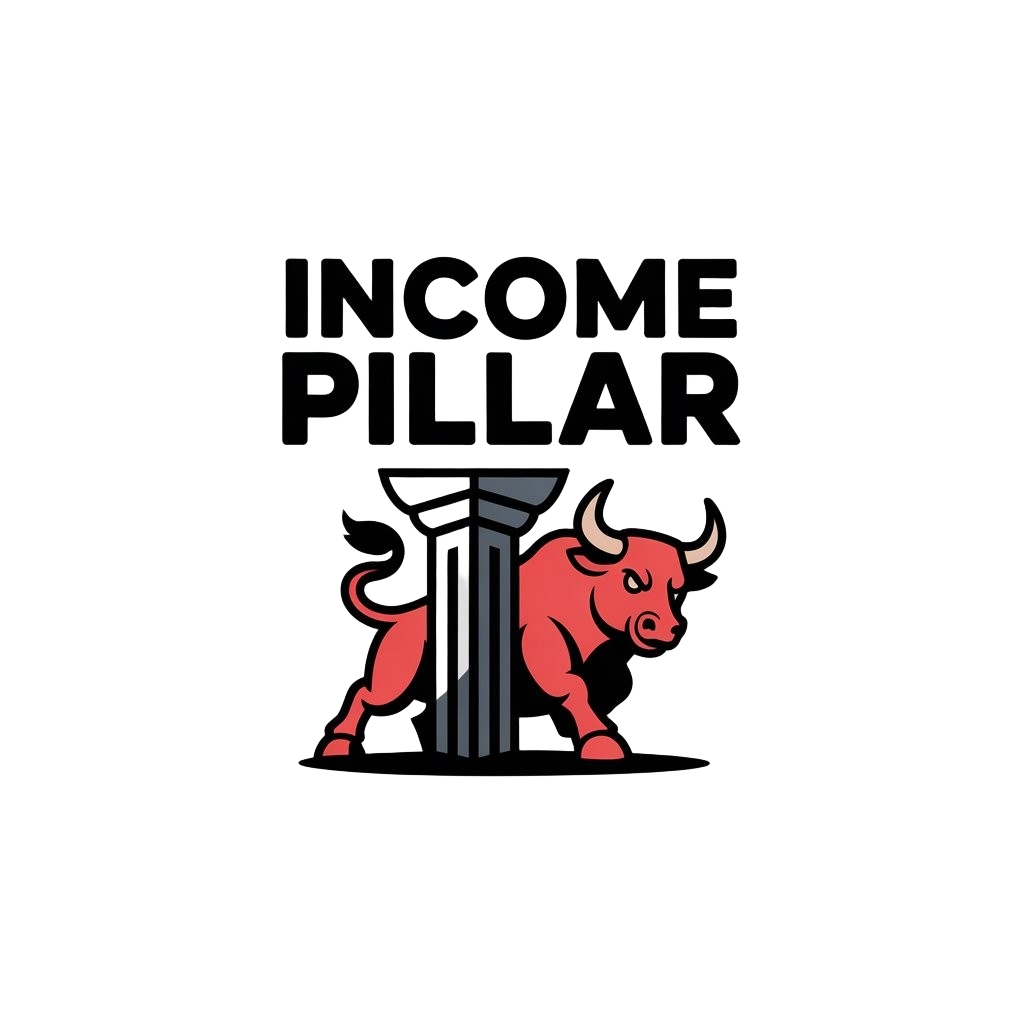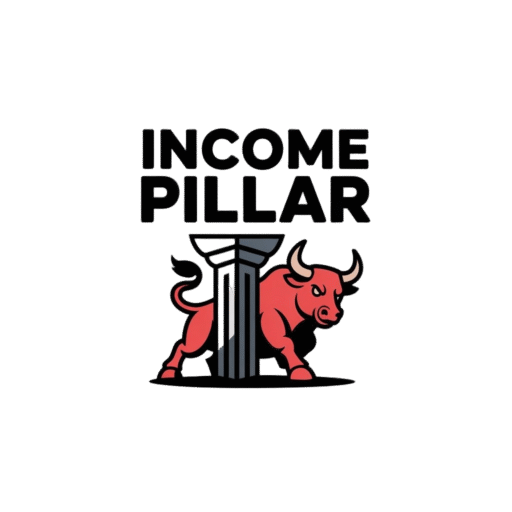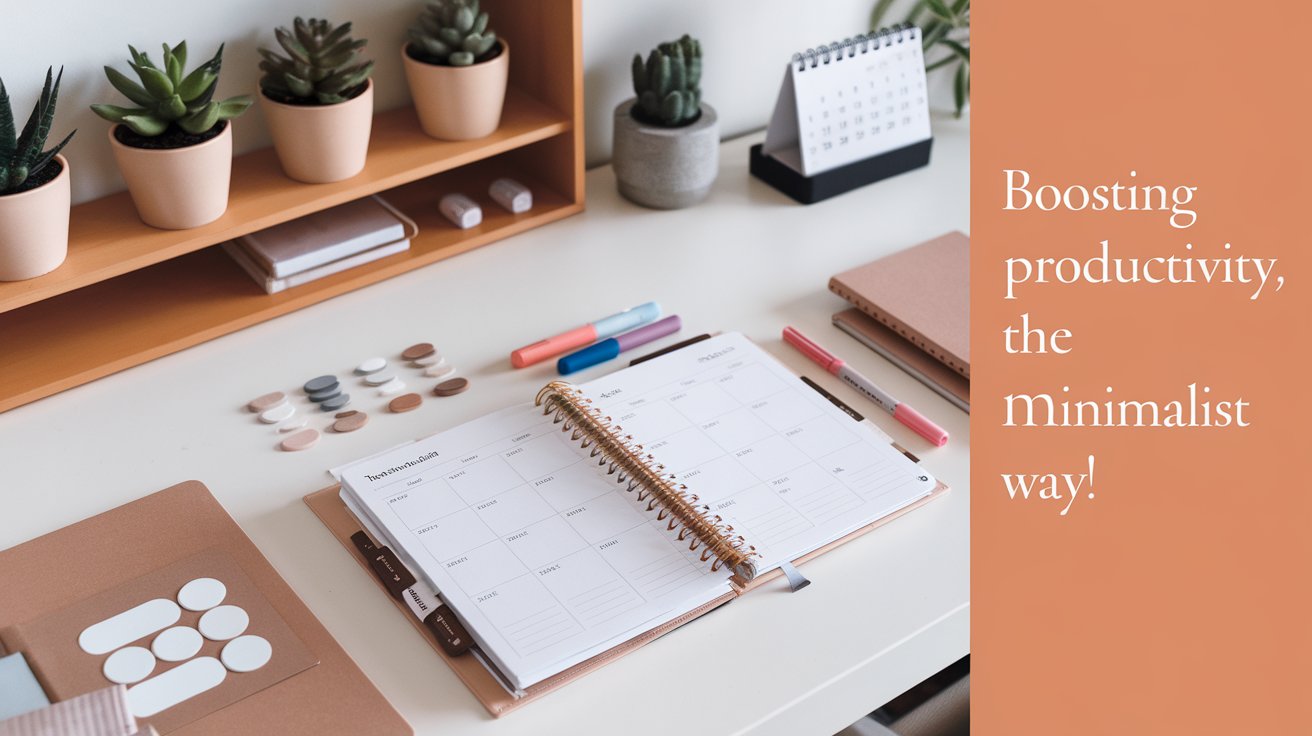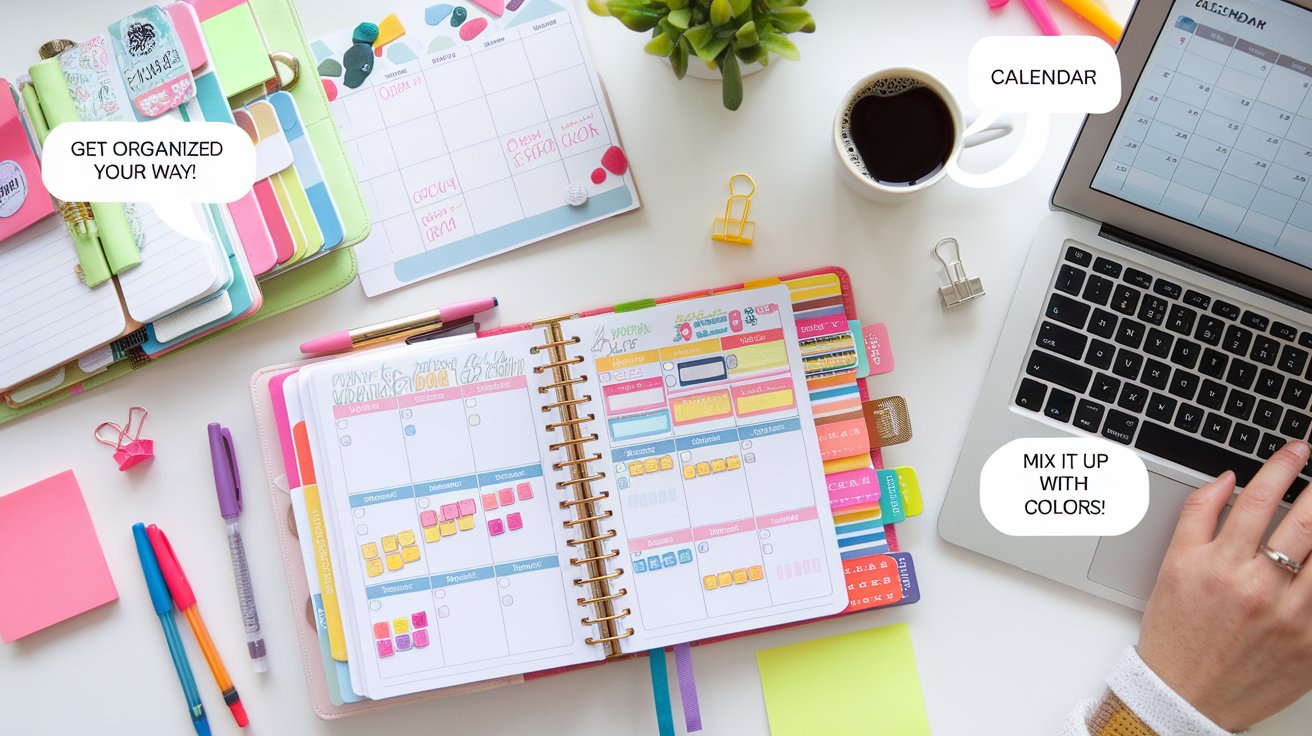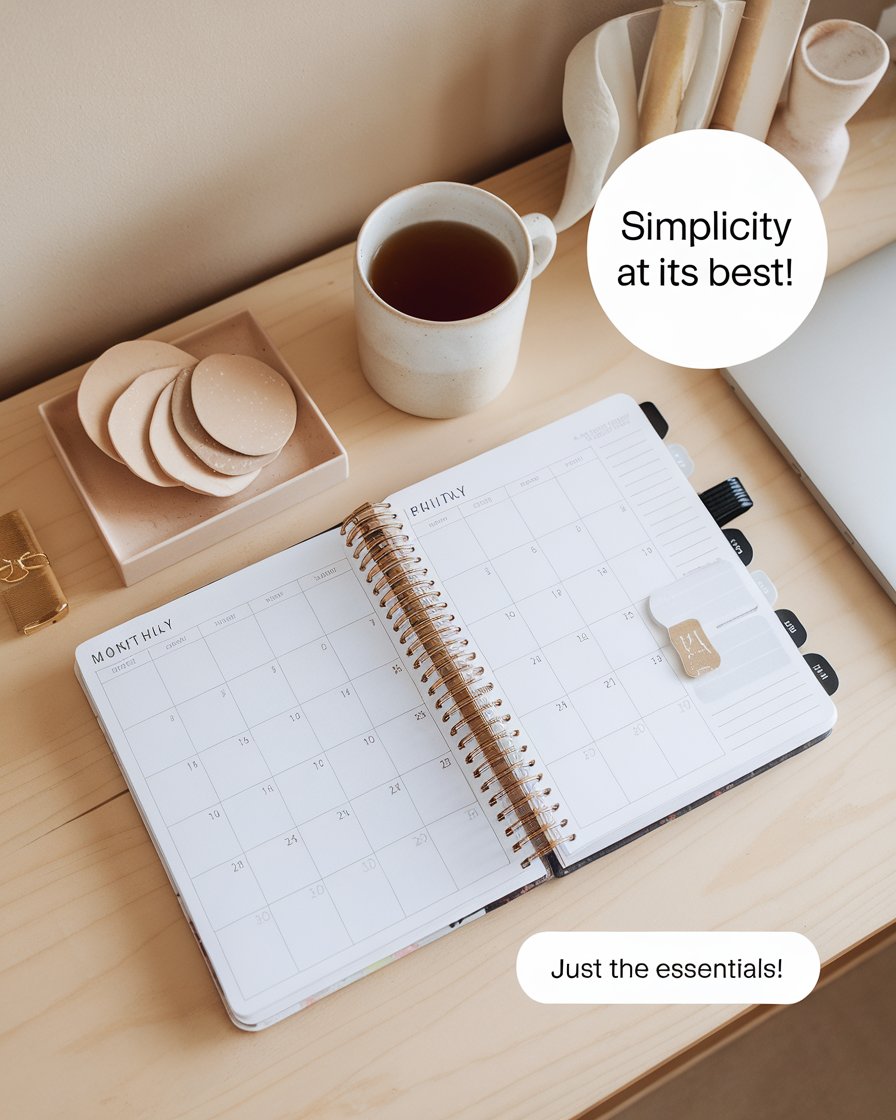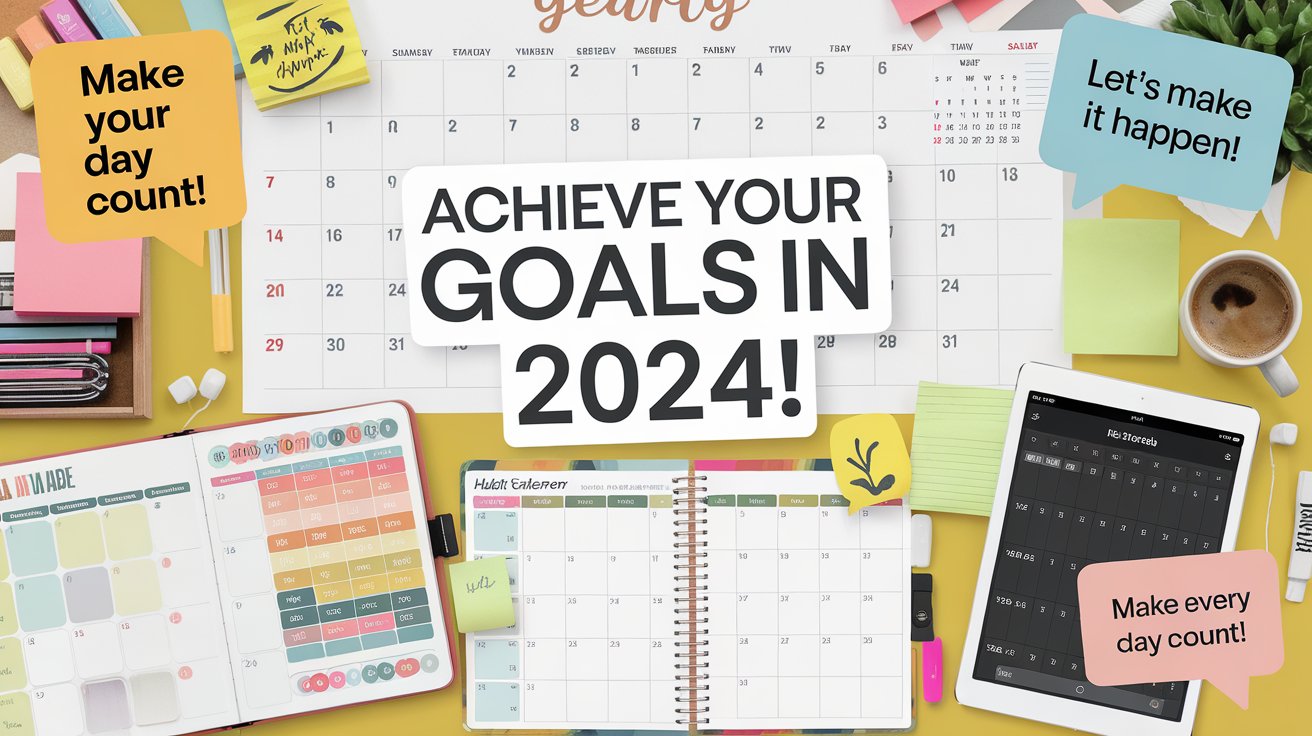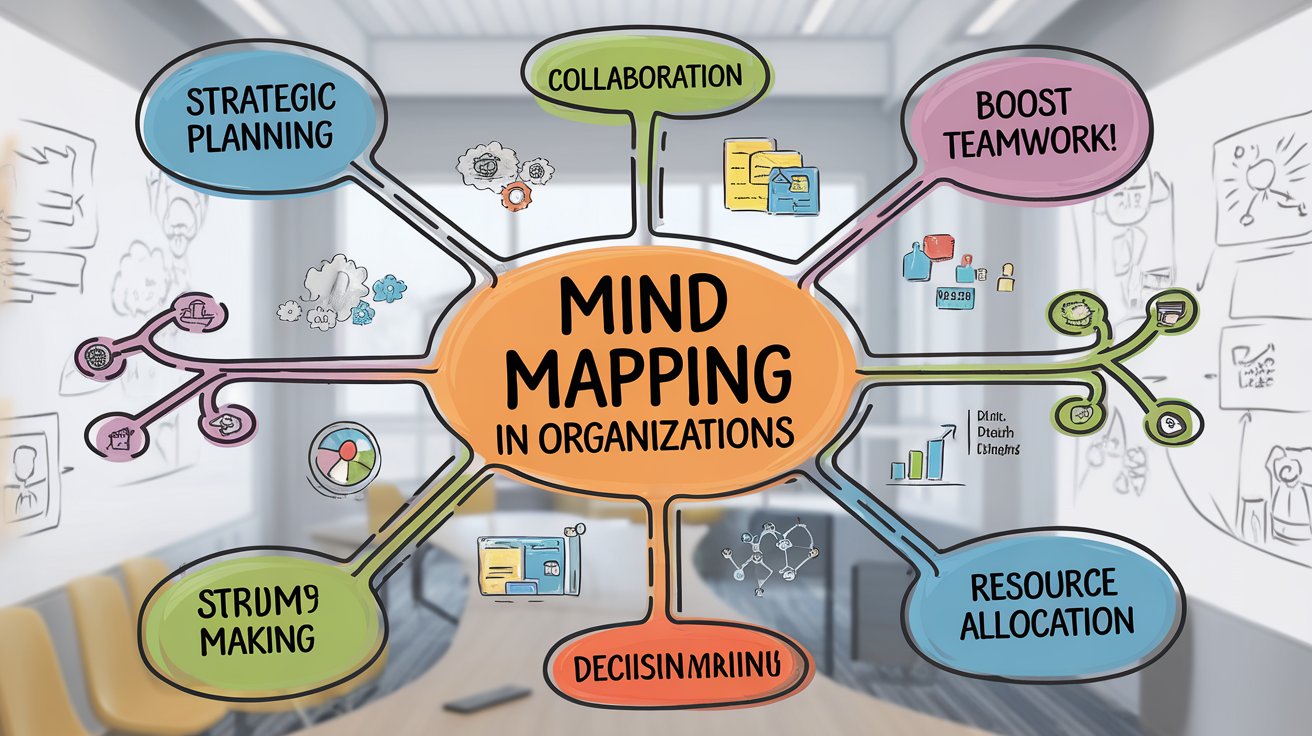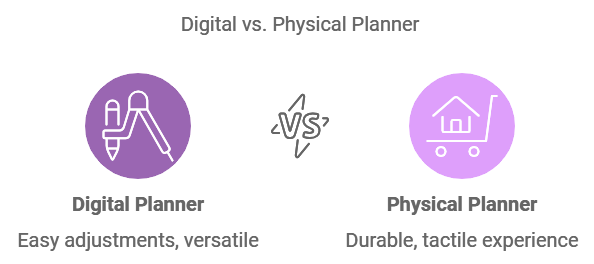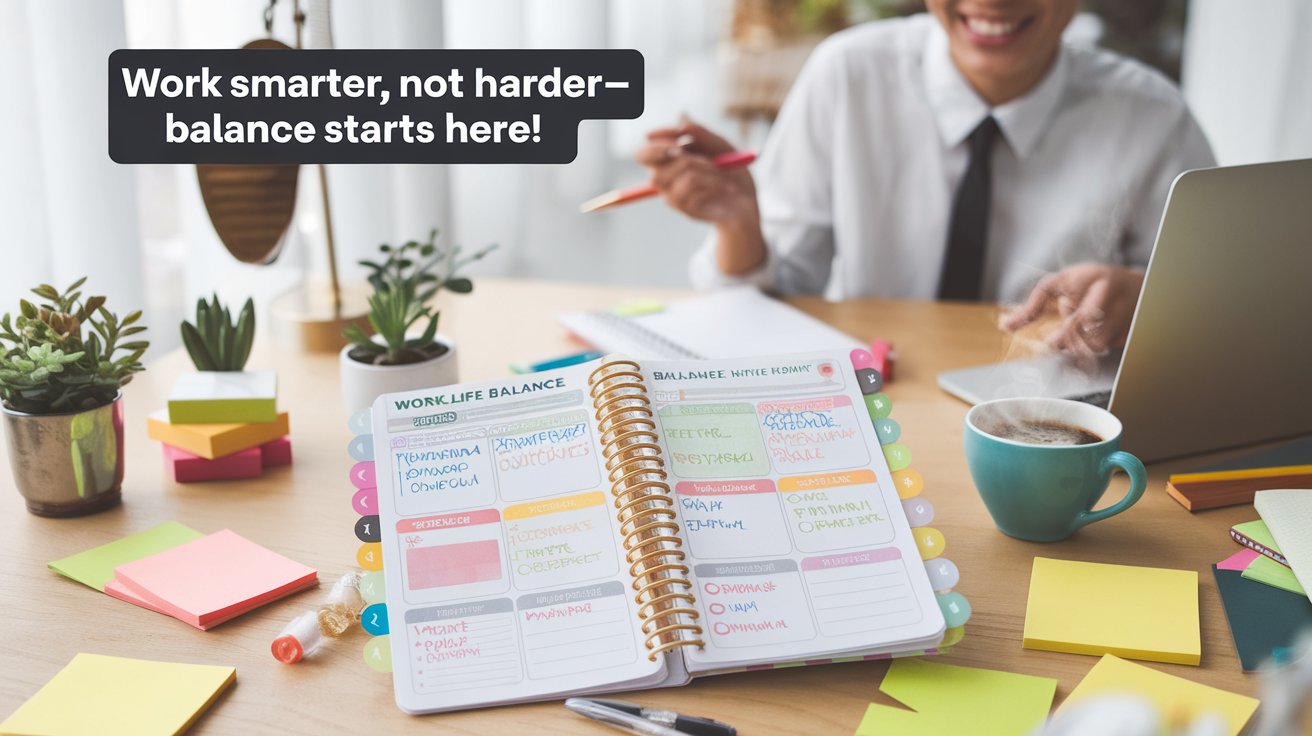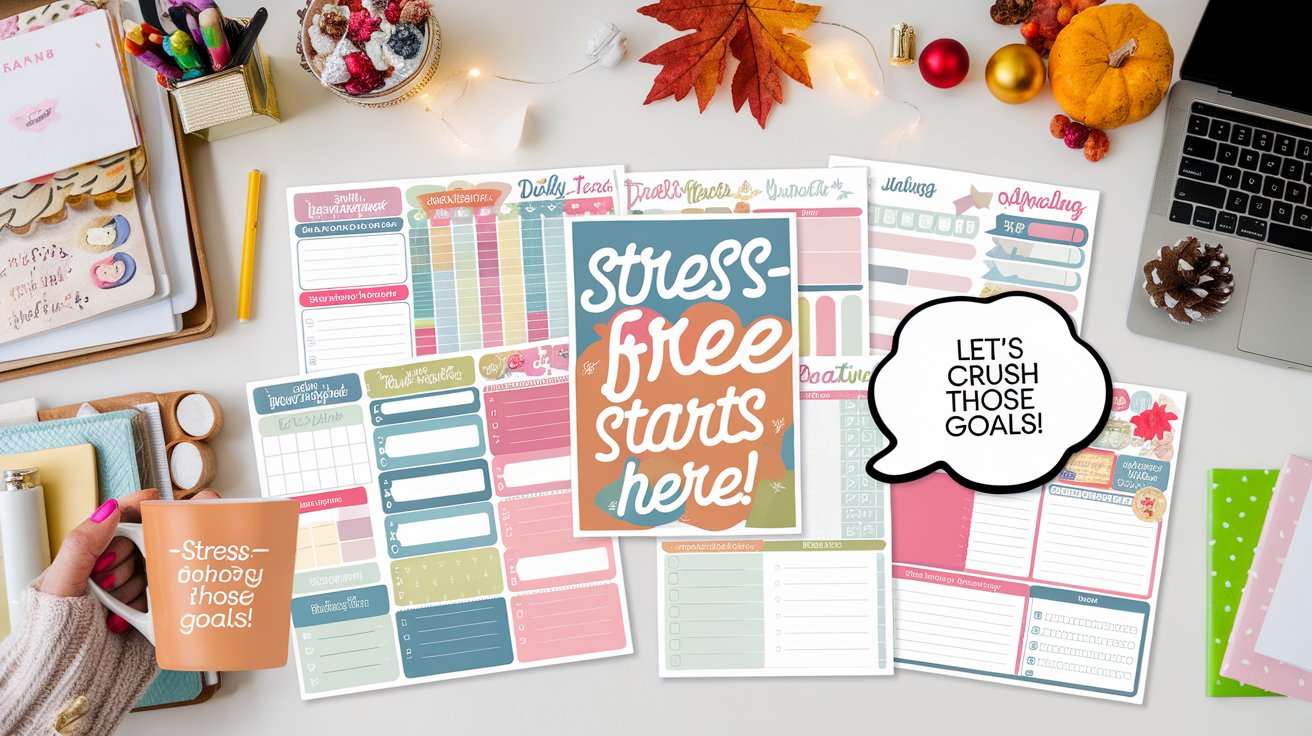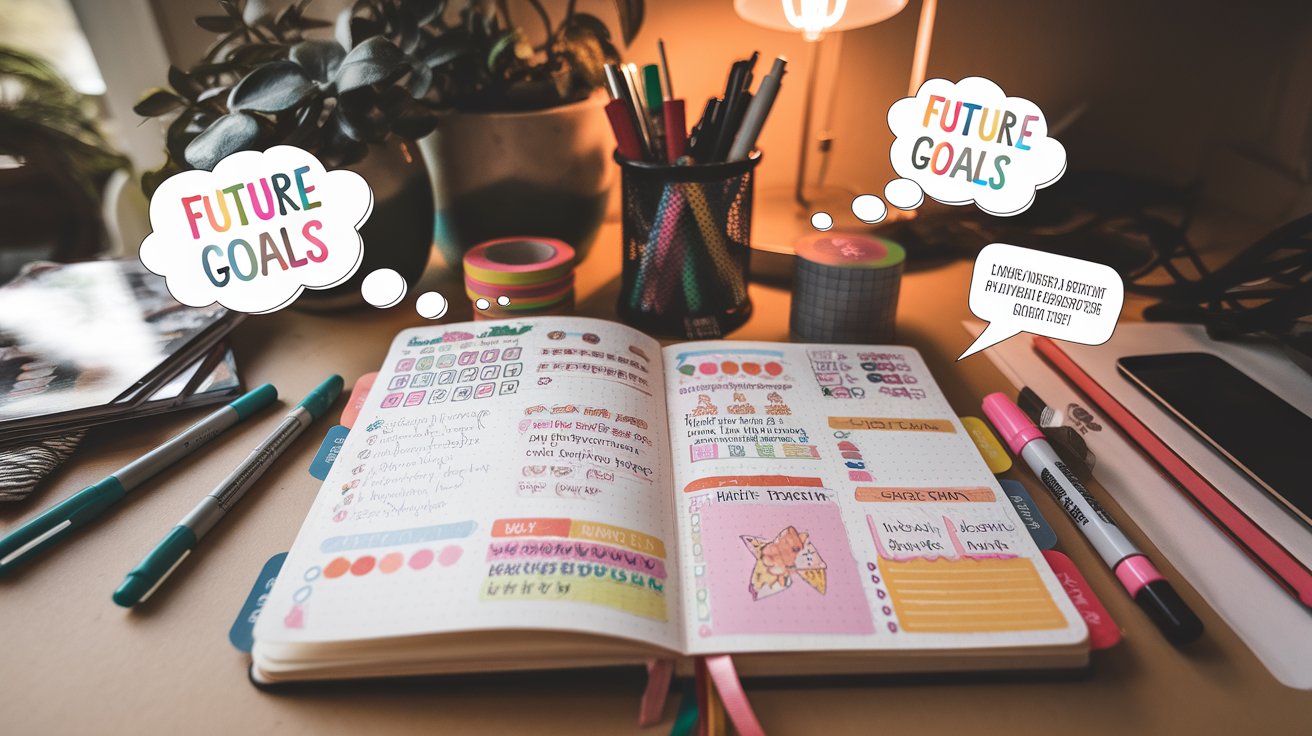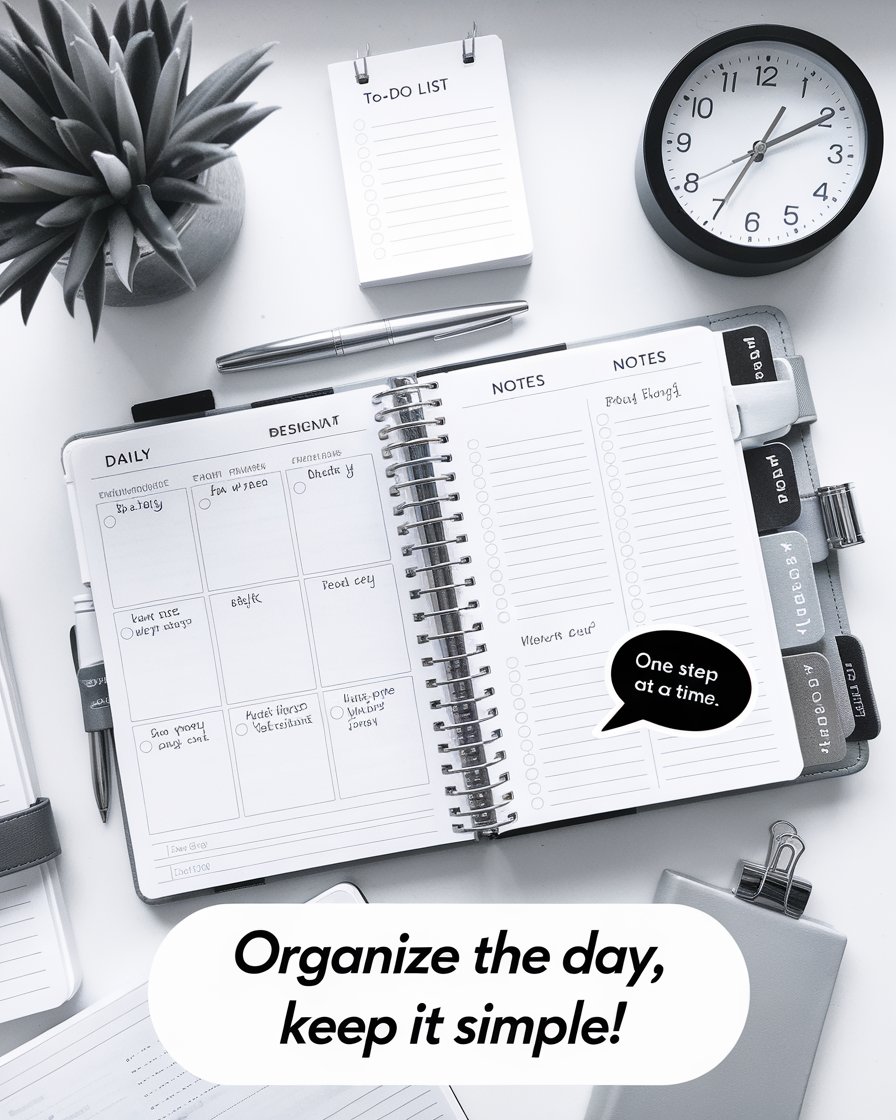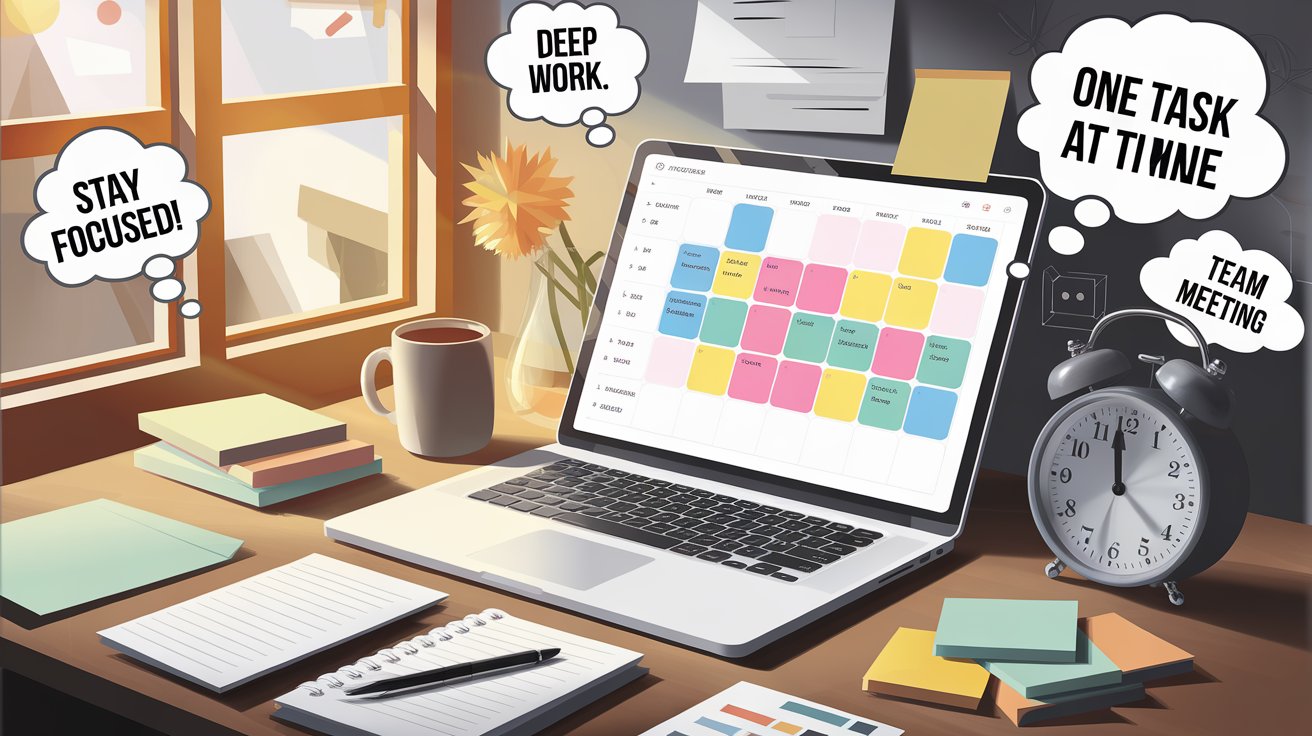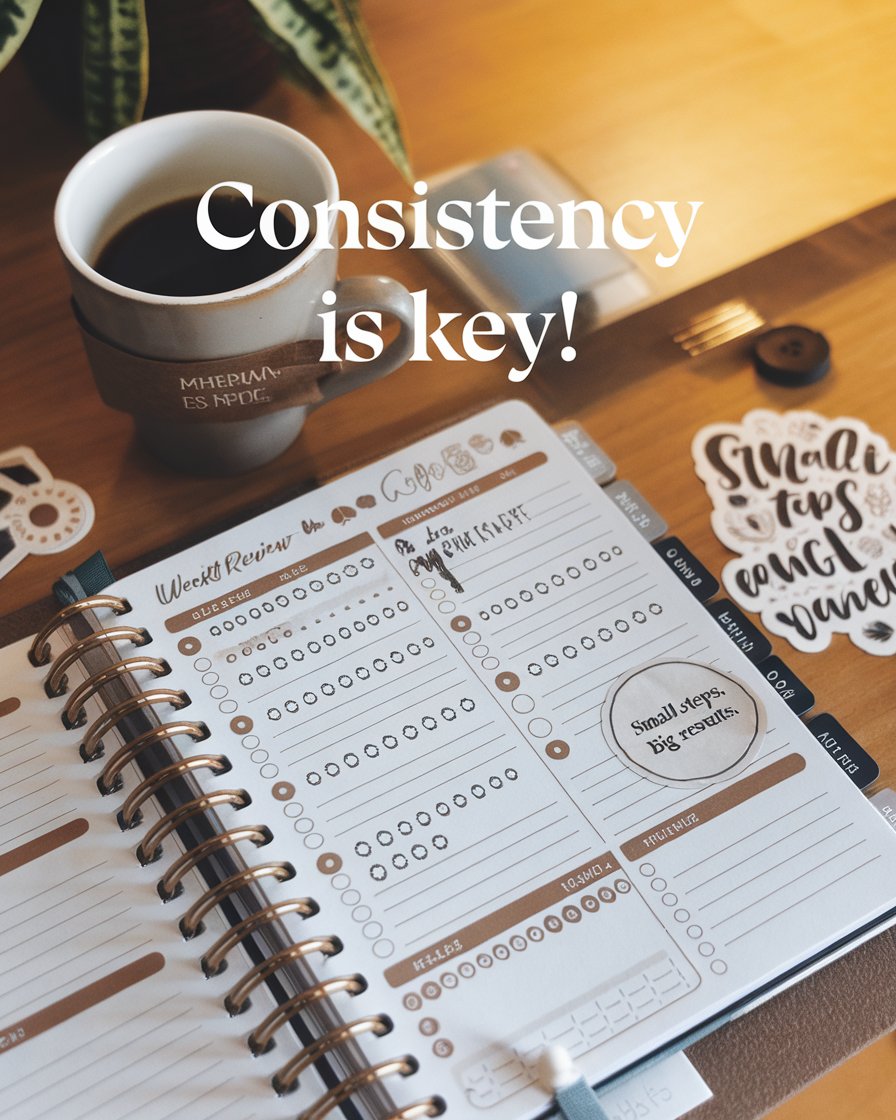Introduction
Minimalist planner setups have become a favored approach for those looking to simplify their daily routines while maximizing productivity. By embracing streamlined templates and essential accessories, users can create a planner that promotes clarity and focus without unnecessary distractions. Whether choosing a printable planner template or adapting a digital option, minimalist planning allows individuals to align their goals with their personal style, all while keeping a clear overview of tasks and priorities.
At the heart of this approach is the idea that less is more—using only what’s necessary to enhance productivity. With simple tools like planner stickers, goal planners, and habit trackers, anyone can build a functional planning system that fits seamlessly into their lifestyle. This guide will explore the essentials of minimalist planning, from selecting the right planner layout to maintaining consistency, offering tips to help users make the most out of every day.
Key Takeaways
- Minimalist planners enhance productivity by focusing on simplicity and reducing visual clutter.
- Choosing the right planner template, such as an A5 or printable, offers flexibility and customization.
- Minimalist accessories, like transparent stickers and habit trackers, highlight important tasks without overwhelming the layout.
- Streamlined daily and weekly organization methods support clarity and prevent distraction.
- Establishing a daily planning routine ensures consistency and aligns productivity goals.
- Minimalism in planning promotes intentional decision-making, fostering a fulfilling and efficient approach to organizing.
Essentials of a Minimalist Planner Template
A minimalist planner template serves as the foundation for a streamlined approach to organizing tasks and goals. By emphasizing simplicity, these templates provide open, adaptable spaces that reduce mental clutter and allow for clear planning without overwhelming layouts. Selecting a versatile template, such as an A5 or printable planner, enables easy personalization to fit various needs, from daily to weekly planning. Minimalist templates often feature neutral designs, encouraging the focus to remain on essential tasks. This simplicity fosters a mindset where users can avoid distractions, setting the stage for effective goal tracking and productivity. Choosing the right template can be a game-changer, providing flexibility to incorporate additional elements without disrupting the planner’s clean aesthetic.
Choosing the Right Minimalist Planner Layout
A minimalist planner layout shapes the user’s experience by providing just the essentials needed for effective organization. A5 and personal-size planners are popular choices due to their manageable size and customization options. Choosing a simple, undated layout allows users to create their own schedules without unnecessary restrictions. This approach not only caters to flexible planning but also encourages users to add inserts, templates, or trackers that suit their personal needs. From printable planners to digital options, selecting a layout that aligns with daily routines can streamline the planning process and offer long-term benefits for productivity.
Adapting Planner Templates to Match Personal Goals
Personalization is key to making the most of a minimalist planner. Planner templates, especially digital or printable formats, allow users to adapt their planning style as their goals evolve. Simple additions like goal-setting templates or daily planner inserts can make a standard planner feel tailored to individual needs. Whether for weekly reflections or habit tracking, adapting templates offers flexibility. Users can integrate templates for specific goals or routines, such as a monthly overview or budget planner, which helps maintain clarity and consistency in achieving personal objectives.
Enhancing Your Minimalist Planner with Essential Features
1. Focus on a Clean, Open Layout
A minimalist planner thrives with a spacious, uncluttered layout. Opt for designs that provide ample room for your entries without unnecessary graphics or sections. This helps maintain focus and simplicity.
2. Use High-Quality, Reusable Materials
Investing in durable materials, like refillable binders or sturdy covers, ensures your planner stands the test of time. A good-quality planner minimizes distractions, staying functional for extended use.
3. Incorporate Flexible Inserts
Choose versatile inserts such as goal-setting templates or a habit tracker. These customizable additions keep your planner aligned with evolving needs, supporting your productivity journey.
4. Prioritize Neutral, Subtle Colors
Select accessories and layouts in muted tones that don’t detract from the main content. This allows you to highlight key tasks or dates without creating visual overwhelm.
5. Adapt to Your Planning Style with Digital Options
For added convenience, consider digital planner templates, which offer ease of use across devices. Digital planners allow easy adjustments and make it simpler to switch layouts.
Optimizing Productivity with Minimalist Planning Accessories
Minimalist planning accessories, such as understated stickers, markers, and inserts, play a pivotal role in enhancing productivity. Using selective, well-designed accessories allows users to highlight critical items without cluttering the planner. Transparent or matte stickers work well for reminders and goals, adding subtle cues that do not distract. Simple inserts, including checklists or habit trackers, can amplify productivity by creating a focused structure within the planner. The key is to choose accessories that complement, rather than overwhelm, the minimalist style. This careful balance ensures that users maximize the planner’s effectiveness, using only essential items to keep their planning functional and aesthetically pleasing.
Effective Use of Planner Stickers and Markers
Planner stickers and markers can enhance focus by emphasizing essential tasks without overwhelming the planner’s aesthetic. Matte and transparent stickers are ideal for creating subtle highlights on key items, like deadlines or priority tasks. Minimalist markers, such as soft-toned or neutral colors, work well for categorizing sections without disrupting the planner’s clean look. Used sparingly, these accessories allow users to draw attention to important details while preserving an uncluttered space. This strategic approach to using accessories enhances productivity by keeping the planner’s primary function intact—an organized, distraction-free planning tool.
Integrating Functional Inserts for Daily Planning
Functional inserts like checklists, habit trackers, and goal planners can be valuable additions to a minimalist planner, helping users stay focused and organized. Checklists simplify task management by providing a dedicated space to track to-dos and deadlines. Habit trackers can assist in visualizing personal progress over time, supporting consistent habits. Meanwhile, goal planner inserts help break down large objectives into manageable steps. These inserts serve as practical tools that add structure to a minimalist setup, providing clear, actionable insights without overcrowding the planner layout.
Case Study: Leveraging Minimalist Accessories for Enhanced Productivity
In 2022, an independent planner creator launched a minimalist planner kit on Etsy, aiming to provide users with functional accessories that prioritize simplicity and focus. The kit included matte stickers, subtle markers, and habit tracker inserts, designed specifically to avoid overwhelming the planner layout. After six months, customer feedback revealed that 85% of users found the minimalist accessories enhanced their ability to organize and focus, compared to prior experiences with more decorative, complex planners.
Users noted that the subtle design of these accessories allowed them to emphasize critical tasks without distraction, improving productivity. Additionally, the kit’s habit tracker insert became a popular tool for tracking daily routines, helping users build consistent habits. The case demonstrated how functional, thoughtfully designed accessories could meet the needs of minimalist planners, resulting in higher satisfaction and usability for consumers focused on achieving their goals efficiently.
Streamlined Organization Techniques for Daily Planning
Daily planning within a minimalist setup emphasizes structured simplicity. By focusing on a primary calendar, a straightforward to-do list, and a streamlined notes section, users can reduce decision fatigue and keep track of daily priorities. For instance, utilizing a single page for essential tasks and goals helps to avoid visual distractions and ensures that time is allocated wisely. This approach to planning cultivates a focused routine, allowing users to easily access their tasks without the noise of multiple systems. The simplicity in this setup aids in consistency, fostering habits that support long-term productivity and organization.
Simplifying Daily To-Do Lists
A well-organized daily to-do list forms the core of effective minimalist planning. By limiting entries to key tasks, users can reduce the risk of overwhelm and ensure each item receives the attention it needs. Prioritizing only the most important items allows individuals to focus on high-impact activities. An effective daily list might also incorporate reminders or simple icons to identify priority tasks. This simplicity helps maintain focus throughout the day, contributing to a productive rhythm that is easy to follow.
Creating a Functional Weekly Overview
A weekly overview can provide structure and prevent day-to-day planning from becoming chaotic. By designating a page or section for weekly goals, users can establish a roadmap that guides daily planning. A minimalist weekly setup might include a section for high-level priorities, deadlines, and upcoming tasks, enabling a clear view of the week ahead. This organization keeps the daily focus intact while allowing users to adapt their plans based on weekly insights. A consistent weekly overview supports long-term productivity without complicating the planner.
“Simplicity boils down to two steps: Identify the essential. Eliminate the rest.” — Leo Babauta
Consistency and Maintenance in Minimalist Planning
Consistency is at the heart of effective minimalist planning. Developing daily and weekly routines for reviewing tasks and updating plans ensures that the system remains efficient and purposeful. Setting aside time for daily planning allows users to assess their progress and adapt tasks as needed. Incorporating habit trackers or goal-setting tools can support this process, providing a clear view of productivity patterns. Additionally, by regularly revisiting and refining the setup, users can prevent unnecessary buildup and maintain a sense of organization. This commitment to simplicity and maintenance encourages a more focused, less cluttered planning experience that aligns with long-term productivity goals.
Establishing a Daily Planning Routine
A daily planning routine is essential for consistency and commitment to minimalist planning. By setting aside a specific time each day to organize tasks, users can maintain a habit that promotes order and focus. This routine can include updating to-do lists, reviewing goals, and clearing unnecessary tasks. Over time, this simple practice supports mental clarity and ensures that each day begins with a purposeful structure. By making daily planning a regular part of the day, users foster a sense of continuity in their productivity journey.
Tracking Progress with Minimalist Tools
Tracking progress is a key element of maintaining a minimalist planning setup. Simple tools such as a weekly checklist or monthly habit tracker can provide a clear view of ongoing progress without overwhelming the layout. These tracking tools help users evaluate what’s working and where improvements are needed, allowing them to adjust as necessary. Regular tracking also supports long-term commitment to minimalism by reinforcing the impact of small daily actions. This continuous assessment promotes a sense of achievement and encourages sustained productivity.
Conclusion
Incorporating minimalist planning techniques can transform the way we approach our daily lives, making organization both effective and enjoyable. By focusing on essentials—like a well-chosen planner layout and thoughtful accessories—individuals can experience the benefits of streamlined productivity without the distraction of clutter. Minimalist planner templates, whether digital or printed, offer flexibility and adaptability, enabling users to shape their planning system around unique needs and goals.
Consistency in planning is key to reaping long-term benefits. With daily routines and simple tools like habit trackers or weekly overviews, users can build momentum, track their progress, and stay aligned with their objectives. Minimalism in planning encourages a more intentional approach, where each decision supports a clear purpose, resulting in a functional and fulfilling planning experience. By keeping things simple yet purposeful, minimalist planners can empower users to navigate their days with greater ease and efficiency.
